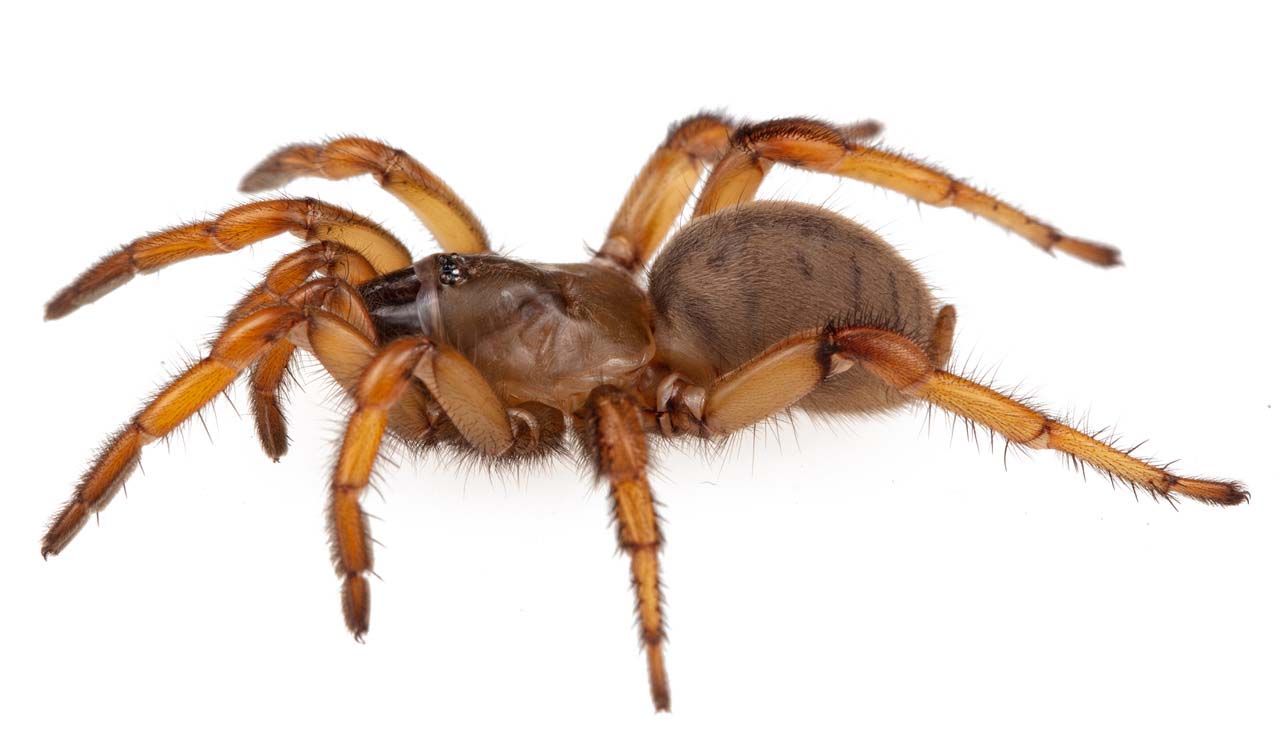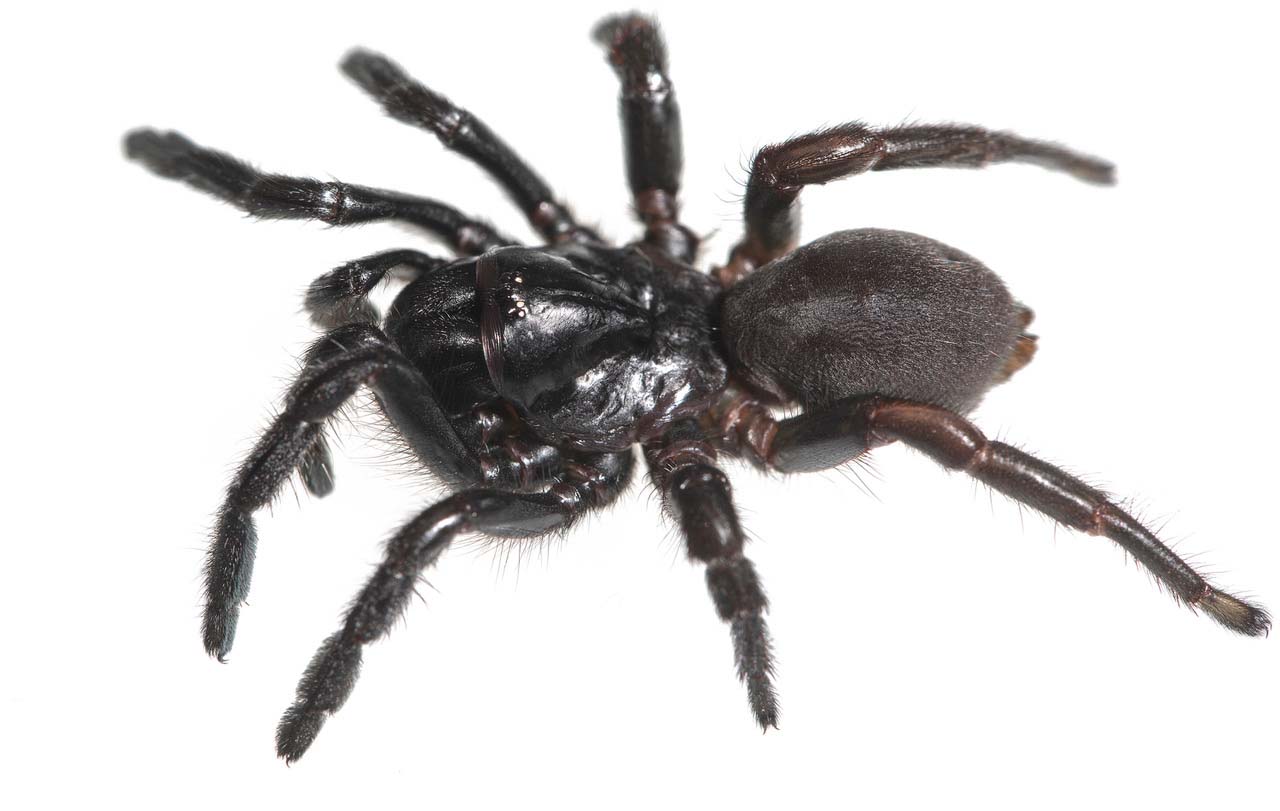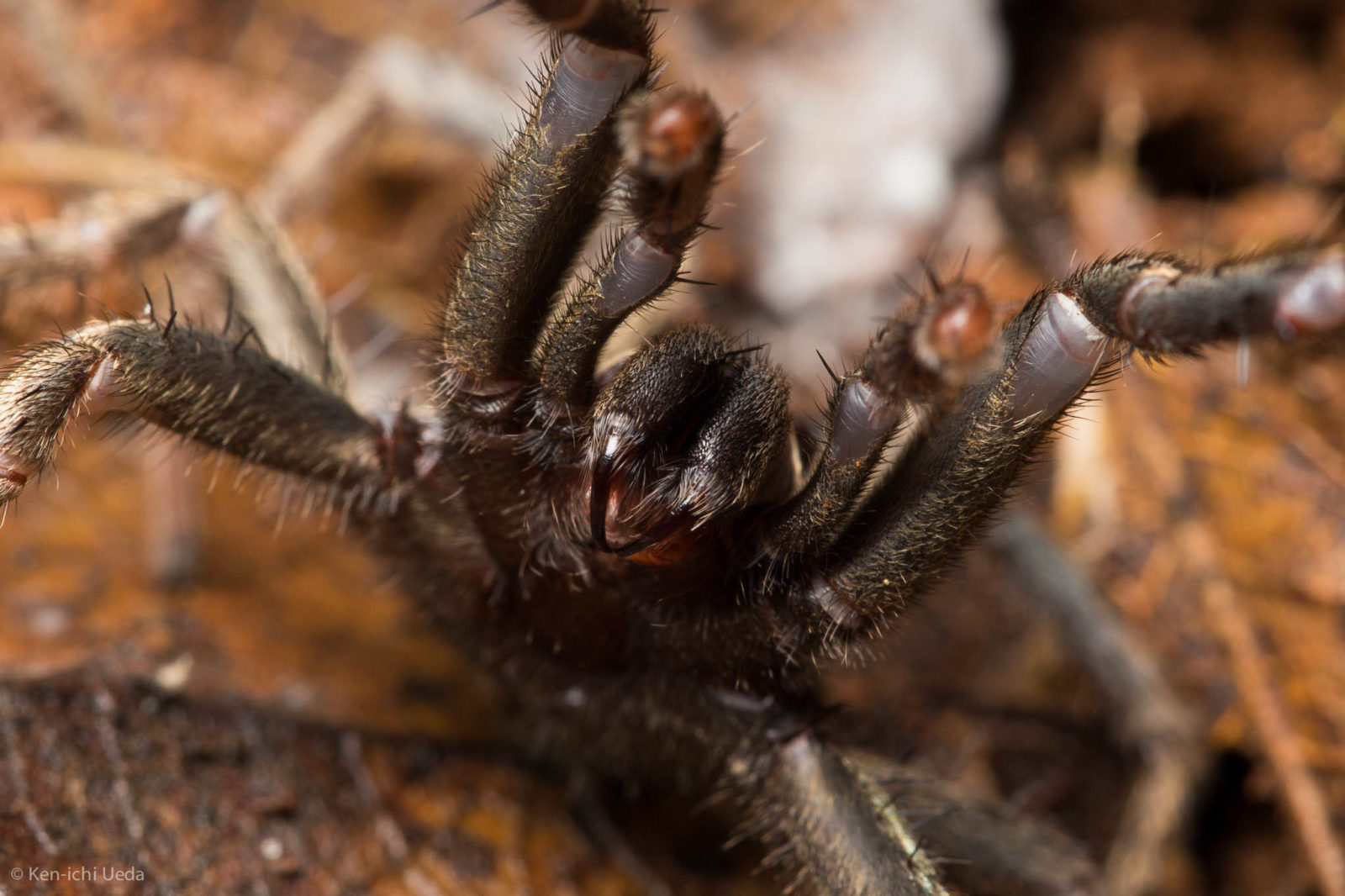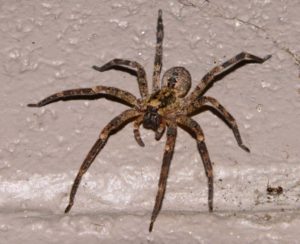A glass vial needs a trio of items to join an arachnid collection: identification information, ethanol and, of course, an arachnid, like a spider, scorpion or tick. Complete vials are enclosed in large jars and submerged in the same clear preservative. Grouped in cabinets according to different taxonomic levels, these jars number into the thousands in some arachnid collections.
Lacie Newton, a UC Davis doctoral student studying spiders, draws from institutional collections that boast millions of specimens, as well as smaller personal assortments. The oldest spider used in her research is of the tarantula species Aphonopelma steindachneri and hails from 1916: a time with fewer wildfires and habitat fragmentation than today, she says. These arachnids suspended in both liquid and time offer a glimpse into past biodiversity. But many of these tangible snapshots aren’t taken advantage of, Newton says.
“There are still so many undescribed species just sitting in museum collections because there aren’t a lot of spider taxonomists to describe them,” she says.
Researchers have identified nearly 50,000 species of spiders worldwide — and that’s just a fraction of the projected 250,000 species thought to exist, Newton says. These unknowns come at a cost: There are few published studies about how spiders are faring amidst climate change, Newton says, especially in California. She’s trying to help fill the gap with research on the state’s biggest and bulkiest arachnids.
“We’re converging on the perfect storm of climate, precipitation and temperature changing too quickly for the spiders to keep up,” says UC Davis entomologist Jason Bond, the project’s principal investigator. “We’re probably going to see a lot of extinction on top of it.”

Most spiders can only survive in narrow ranges of environmental conditions, says Lauren Esposito, the arachnology curator at the California Academy of Sciences. When temperature and moisture levels change quickly, it disturbs these sensitive and small populations.
Tarantulas and other chunky spiders don’t roam far from their burrows — so they’re bound to their homes, even when the habitat no longer suits them, Newton says. And with lifespans stretching past a decade, these spider populations can’t evolve fast enough to keep up with rapid environmental changes. That spells trouble in their futures, Esposito says, especially since researchers still don’t know what “healthy” looks like for most known spider populations.
“I think it’s increasingly important to establish those baselines so that we can understand what the effects of global change are on the populations,” Esposito says.
Newton’s team hopes to shed some light on the issue by studying mygalomorphs — an arachnid group including tarantulas and trapdoor spiders — with sizeable populations endemic to California. The researchers mapped the suspected ranges of 26 species using decades of surveys and nearly 1,500 specimens from arachnid collections. By pairing these locations with different climate change models, they can estimate what these species’ distributions look like now — and, even more importantly, what they may look like in the future.
Although Newton’s results aren’t yet published in a peer-reviewed journal, her preliminary findings suggest a grim outlook for California’s eight-legged inhabitants. She found that projected temperature and rainfall shifts over the next century will transform the ecological niches needed for certain spiders’ survival. In fact, every possible climate scenario that Newton tested — regardless of its severity — showed that 17 of the studied species would lose up to 90 percent of their habitat, she says.
“I knew that climate change would affect these spiders in some way, but just looking at the severity of their habitat loss, it was really sad,” Newton says.

While the habitat loss varies in different locations, temperatures are generally predicted to increase past what is suitable for mygalomorphs’ climatic niches, she says. But even the species not negatively affected by bioclimatic changes will face another threat throughout California: natural hazards like wildfires. For example, observations place spiders from six of Newton’s studied species within the 86,000-acre scar left by the CZU Lightning Complex fires last year. Based on climate projections alone, five of those mygalomorph spider species face extinction from warming. But Newton says her research shows that wildfires could still threaten the single species left standing, layering an additional danger beyond environmental shifts.
Mygalomorph spiders burrow up to a foot underground, leaving a layer of soil between them and fires. Newton suspects this won’t be enough to save every spider from the scorching heat of stronger wildfires exacerbated by climate change. Even if they survive the fires, these creatures grow more vulnerable to increased predation when nearby vegetation cover burns up, which also decreases insect prey populations.
“After fires, I’ve found half-burned spiders at the entrance of their burrows where, quite sadly, they got too hot and then tried to get out and got burned up,” Bond says. “It was awful.”
Gaps in spider research extend beyond California, says Darko D. Cotoras, a California Academy of Sciences entomology research associate and postdoctoral fellow at the Senckenberg Museum in Frankfurt, Germany. This is partly fueled by general lack of awareness about spiders’ importance to ecosystems, Cotoras says. Spiders are food for larger predators like frogs, lizards and birds that can’t eat the small insects that spiders consume. They also offer direct benefits to humans through alternative uses of their venom and silk — potentials that are extremely understudied, Bond says.
“If you consider everything from spider species to genomes, venom, silk and ecology, I would say that we know comparatively very little about it,” Bond says.
Spider research also lacks resources at every level, Cotoras says, from fellowships to jobs to projects. The limited available funding isn’t enough to rectify the research imbalance between arachnids and more “charismatic” organisms. For instance, studies about pollinators tend to receive more support due to their more obvious connection to agriculture, Bond says.
These factors stunt the progression of spider research disproportionately in diverse ecosystems. In the United States, for example, spiders tucked within West Coast microclimates are less studied than those in more contiguous ecosystems on the East Coast. California’s climate diversity makes it harder to characterize the territory and its inhabitants, Cotoras says.
“Because humans are ignorant of what is out there, we cannot even measure the consequence of our socio-economic development,” he says. “We don’t even know what we don’t know.”
Listing local spiders under the California Endangered Species Act is an essential but challenging next step, Bond says. Newton suggests moving spider populations to habitats where they have the best chance of survival. Otherwise, with these threats left unchecked, the state could have a lot fewer legs on its lands.
“If we raise awareness about this, and we’re potentially able to have a conservation plan in place,” she says, “we could actually prevent what would likely be the extinction of (some species of) spiders. We need to do this now before it’s too late.”





